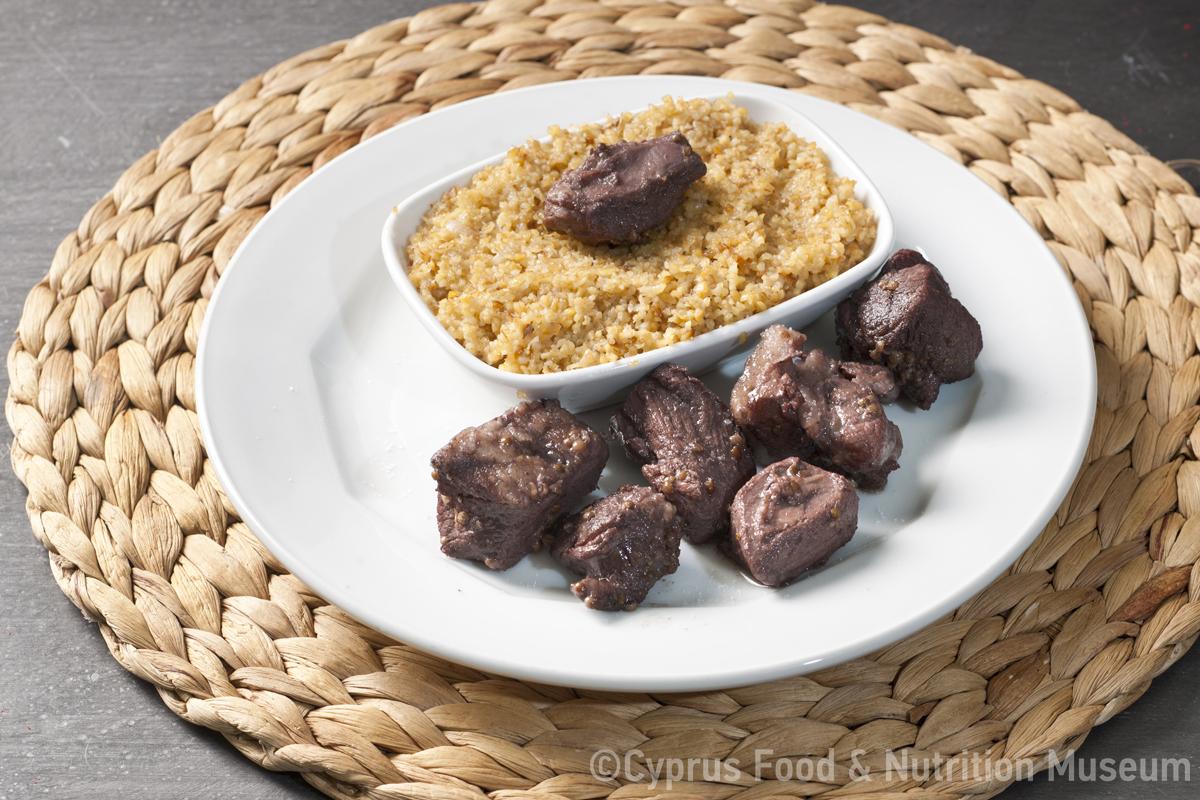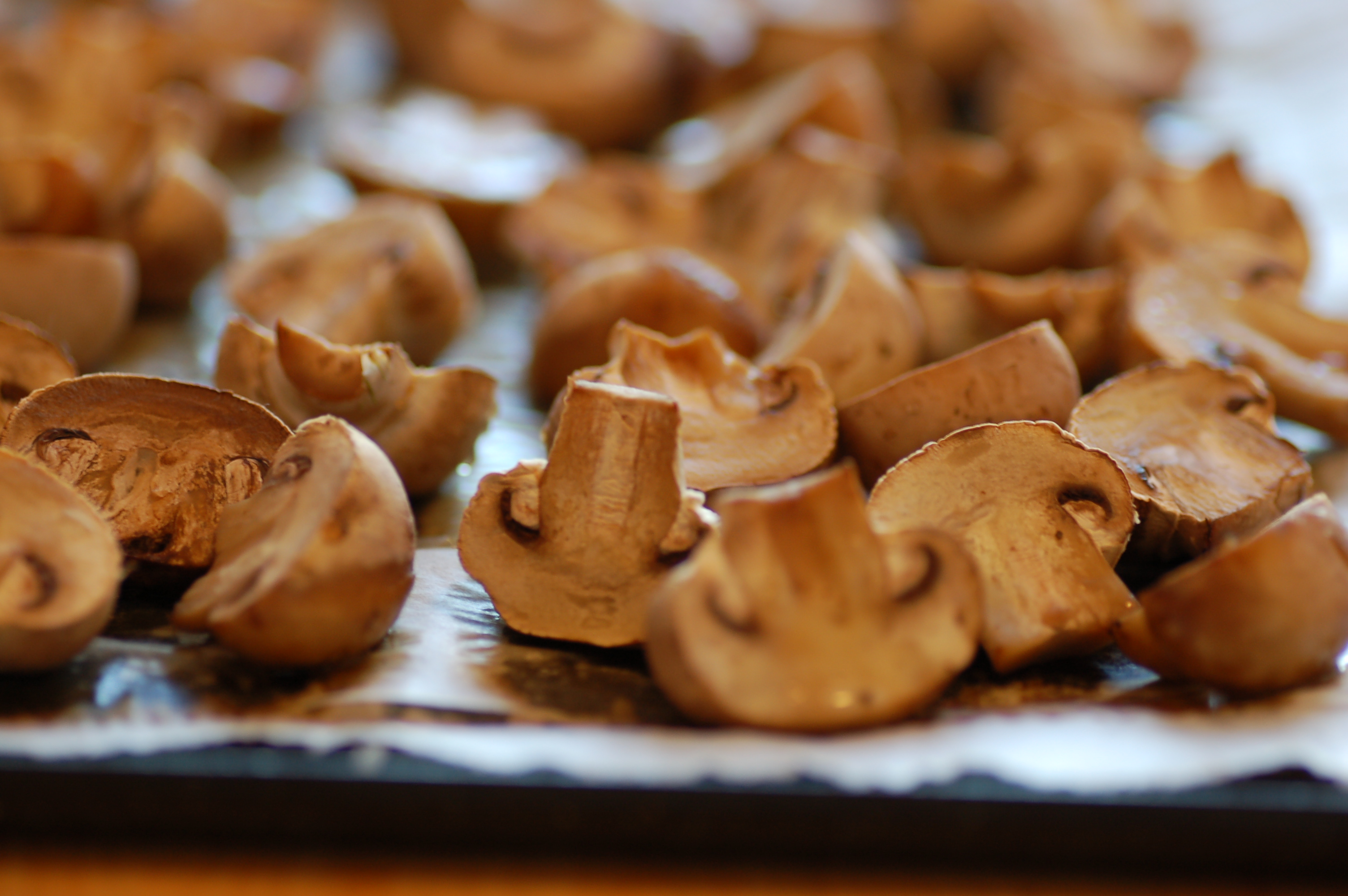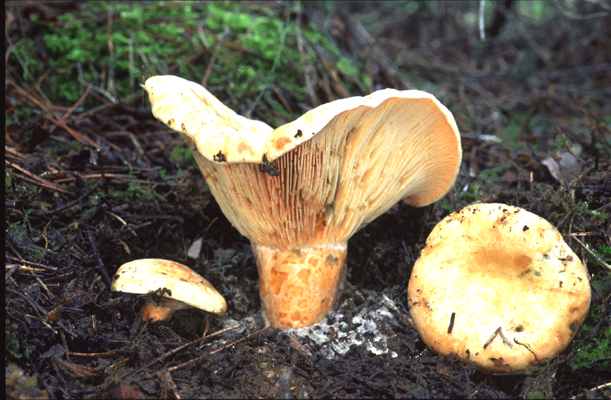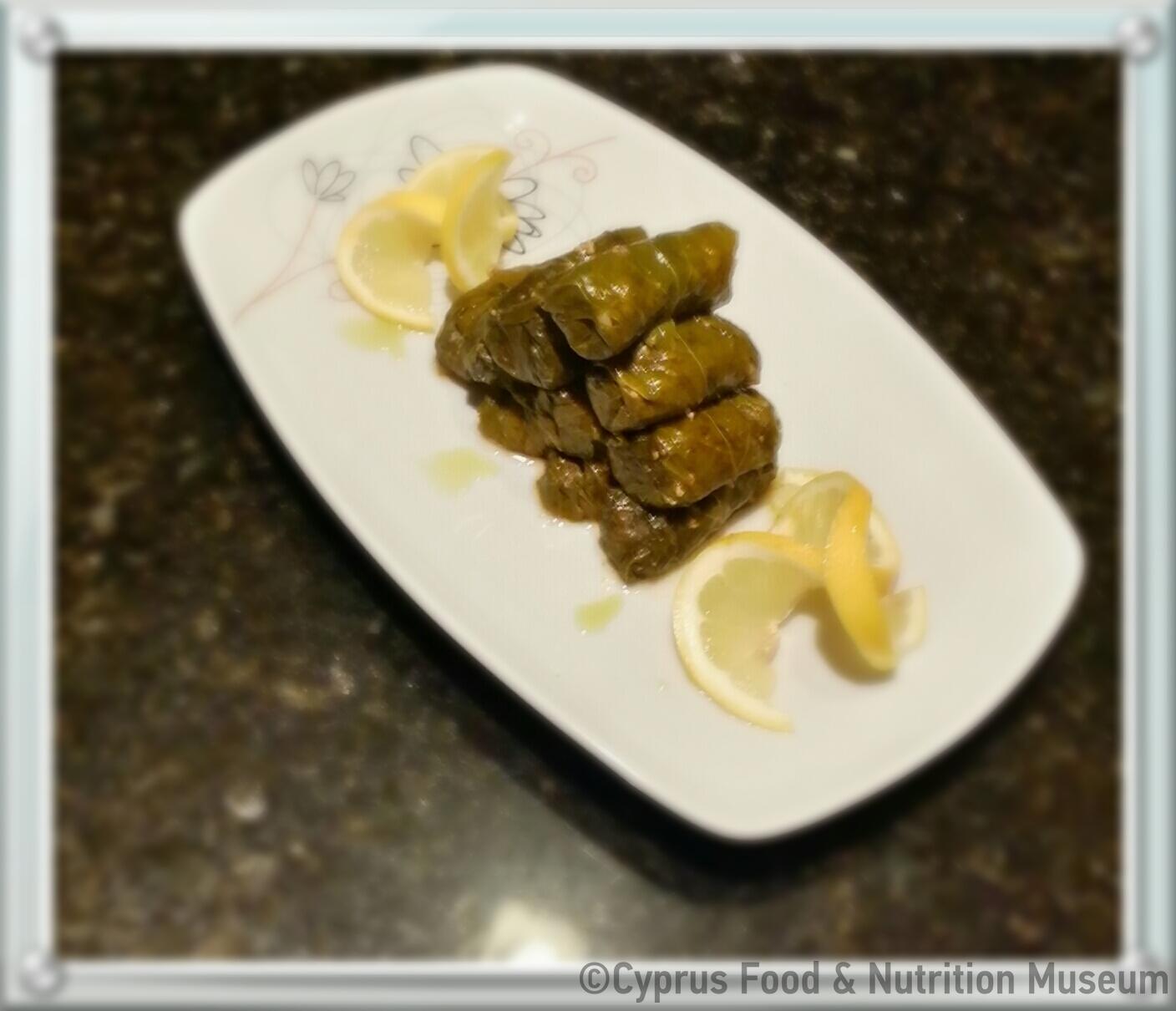A species of wild mushroom with an irregular shape.
Name - Origin
Άγριο μανιτάρι.
The shepherds of the village who lived in the paddocks were lucky. After the first rain and the hot sun that followed, in the fields of Kaimaklion and around their paddocks the earth would sprout a kind of mushroom, like an irregularly shaped potato. These mushrooms were called 'ignia'. They knew from their parents and grandparents where these mushrooms grew. They would pick them and fry them with sheep fat and mix them with eggs. Kantzilaris G. (2007, p. 231)
The name "Ignia" seems to be a paraphrase of the ancient name "ydna". (Note: St. Lazarou)
In G. Louka's Glossary, it is also referred to as "mirmillina" and "ychna". Louka G. (2002, p. 312)
They were collected, fried in sheep fat and mixed with eggs. Kantzilaris G. (2007, p 231).
Functional and symbolic role
The author calls them flagoui (liver) or vlagoui because they are as tasty as liver.
Additional information and bibliography
Pliny writes about the different categories of truffles: ‘’There are two kinds of truffles, one full of sand that hurts the teeth and the other, which is sand-less and totally clean. They can be distinguished by their colour- reddish, white or black -and the most reputable ones come from Africa”. Plutarch reports that he had dinner in the region of Eleia, eating huge truffles. They are rich in protein mushrooms and that is why they are considered as “vegetal meat” with a delicious and aromatic flesh. They can be eaten raw, cooked or conserved in a can with oil, vinegar, salt or dried. Dioscourides writes that truffles are collected during spring time and that they can be eaten cooked or raw. In some passages of Theophrastus, that have been rescued by Athenaeus in “Deipnosophists”, he reports that they are tasteful and they smell like meat and that they “become hard during the autumn rains and mainly by the thunders which are probably the reason that makes them hard”. In the same work, Difillus characterizes truffles difficult to digest but at the same time delicious. (troufaplus.com/pages/truffle-facts-info)
Kantzilaris Georgios (2007) Το Καϊμακλί μέσα από το πέρασμα του χρόνου, Nicosia.
About truffles. Historical data. Web source: https:// www.troufaplus.com/pages/truffle-facts-info
Louka G. (1983). Glossary of George Louca, (Materials for the compilation of the Historical Dictionary of the Cypriot Dialect, part A', ed. Th. D. Kypri), Centre for Scientific Research, Nicosia, 2002.
Natasa Charalambous






